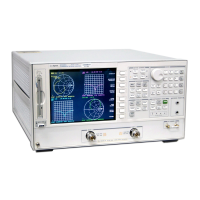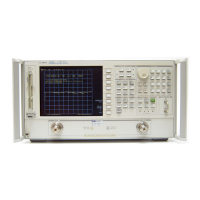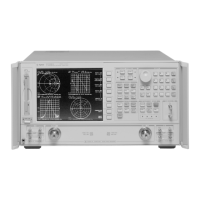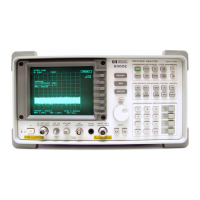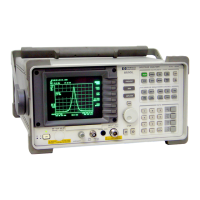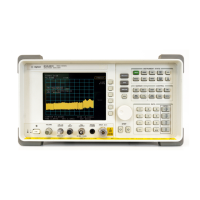7- 42
Operating Concepts
Measurement Calibration
to transmission measurement errors. (These errors are largest for devices with highly reflective ports.)
Isolation (Crosstalk)
Leakage of energy between analyzer signal paths contributes to error in a transmission measurement, much
like directivity does in a reflection measurement. Isolation is the vector sum of signals appearing at the
analyzer samplers due to crosstalk between the reference and test signal paths. This includes signal
leakage within the test set and in both the RF and IF sections of the receiver.
The error contributed by isolation depends on the characteristics of the test device. Isolation is a factor in
high-loss transmission measurements. However, analyzer system isolation is more than sufficient for most
measurements, and correction for it may be unnecessary.
For measuring devices with high dynamic range, accuracy enhancement can provide improvements in
isolation that are limited only by the noise floor. Generally, the isolation falls below the noise floor, therefore,
when performing an isolation calibration you should use a noise reduction function such as averaging or
reduce the IF bandwidth.
Frequency Response (Tracking)
This is the vector sum of all test setup variations in which magnitude and phase change as a function of
frequency. This includes variations contributed by signal-separation devices, test cables, adapters, and
variations between the reference and test signal paths. This error is a factor in both transmission and
reflection measurements.
For further explanation of systematic error terms and the way they are combined and represented
graphically in error models, refer to the
“Characterizing Microwave Systematic Errors” on page 7-42.
Characterizing Microwave Systematic Errors
One-Port Error Model
In a measurement of the reflection coefficient (magnitude and phase) of a test device, the measured data
differs from the actual, no matter how carefully the measurement is made. Directivity, source match, and
reflection signal path frequency response (tracking) are the major sources of error. See
Figure 7-24.
Figure 7-24 Sources of Error in a Reflection Measurement
To characterize the errors, the reflection coefficient is measured by first separating the incident signal (I)
from the reflected signal (R), then taking the ratio of the two values. See
Figure 7-25. Ideally, (R) consists
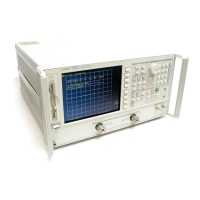
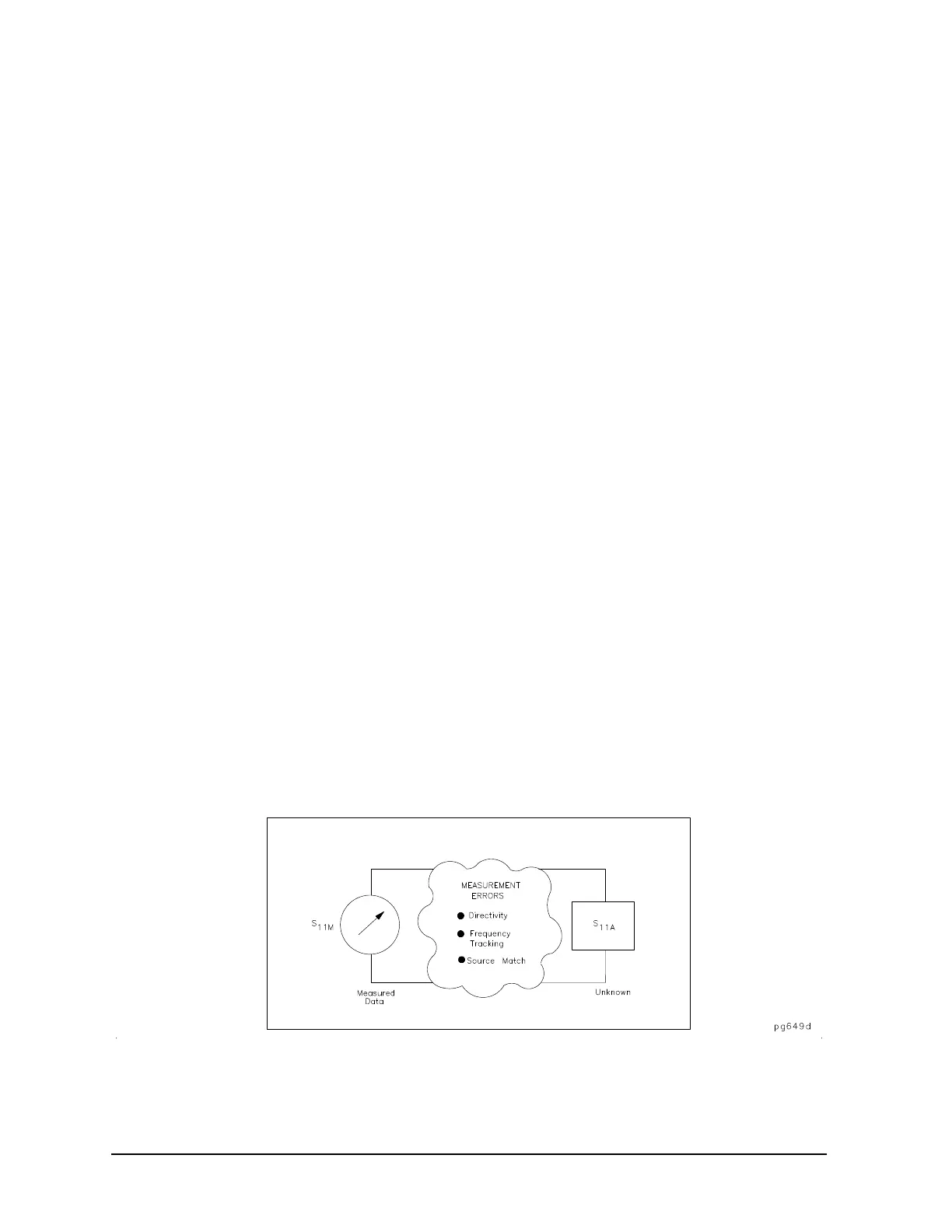